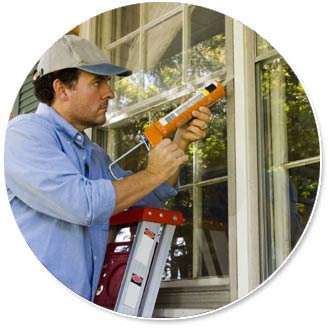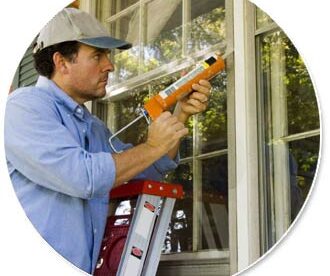 When the temperatures plunge, many of us are easily tempted to turn the thermostat up. Yet, with the disadvantage of a higher energy bill, is this the best idea? To save a few dollars and stay warm, consider the following strategies.
When the temperatures plunge, many of us are easily tempted to turn the thermostat up. Yet, with the disadvantage of a higher energy bill, is this the best idea? To save a few dollars and stay warm, consider the following strategies.
Dress Appropriately
In winter, why wander around your home in short sleeves? Instead, consider layering. For instance, a sweater over a long-sleeve shirt and slippers with a pair of wool socks. When you are adequately dressed to trap your own body heat, it is less likely to escape and leave you feeling chilly.
Solar Heating
More and more properties are being designed with solar heating features. Even if your home is a bit older, you can still hold onto the sun’s warmth. Keep the curtains open during the day, so your home absorbs the sun’s heat and close them at night to hold onto its effects for a bit longer.
Change Your HVAC Filters
Why make your heating and cooling system work harder than it needs to? Long term, forgetting about your filters can lead to inefficient equipment and higher heating bills. At the start of each season, have your HVAC’s filters cleaned, if not replaced.
Ceiling Fan
Did you know that by turning on your ceiling fan in winter, hot air gets brought back to floor level? As such, what you normally think as a source of cool air may add more warmth to your home in winter.
Adjust the Thermostat Regularly
Be sure to adjust the thermostat a few degrees when you leave the house or go to sleep. So you are not constantly turning it up and down, you can also invest in a programmable thermostat to schedule. By turning the temperature down a few degrees when you are not actively moving around the house could end up saving you money on annual heating costs. How much? According to figures from the U.S. Department of Energy, about 10 percent.
Check for and Repair Places Releasing Heat
Could holes or poorly insulated areas end up costing you? As winter begins, assess your home for:
- Extra insulation: The roof, walls and other places touching the outside may need extra support.
- Duct holes: Check your ducts for gaps that can form near seams and corners. These areas allow 20 to 30 percent of the air moving through a heating system to escape. As reinforcement, wrap the area, use a mastic sealant or fully seal it off with metal tape.
- Worn weather-stripping: Make replacements to prevent cold air from entering around the perimeter. This can cause seven to 12 percent of your home’s heat to escape. If weather-stripping is too wide or bulky, take out the caulk gun to seal off any cracks.
- Exterior wall holes: These are typically found around where your pipes, gas lines and cables enter. So heat doesn’t escape, seal them with caulk or expanding foam, depending on the size of the gap.
Don’t Block the Vents
Could furniture be preventing your home from getting the right amount of heat? Oftentimes, homeowners slide a couch, chair or table over a vent in summer and forget about it once winter arrives. However, once you turn on your furnace, this occurrence blocks the flow of hot air into your space. At the start of the season, check your vents and make the necessary adjustments for optimal airflow.
If you’re looking for a new home, consider By Carrier’s energy-smart properties to help save money on your heating bills. To learn more about our custom homes and communities, contact us today.






